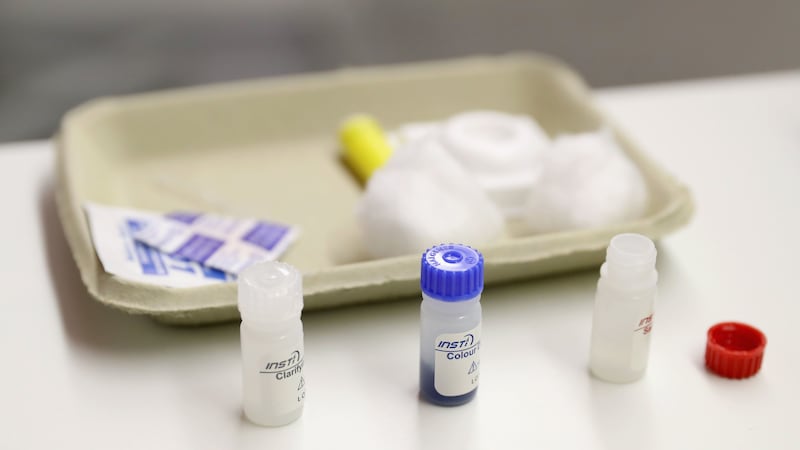HIV self-testing could reduce the time between HIV infection and diagnosis among trans people when compared to standard testing services, new research suggests.
The study involved more than 100 trans men and trans women in England and Wales, and is the largest HIV self-testing trial in this community to be reported.
Participants were first randomised into two groups. One was given a self-test for HIV, while the other group was offered a link to find standard testing services, and no self-tests.
Some of the self-testing group was randomised a second time and offered either repeat self-testing – an additional self-test every three months – or standard testing services.
They were then followed up for two years.
Researchers found that more than 93% of participants in the self-testing group tested for HIV compared to 26% in the standard care group.
Testing frequency was also increased by three times in the repeat testing group.
According to the study published in EClinicalMedicine, there were no negative impacts on STI testing, but uptake of these services was very low across all arms in the trial.
Alison Rodger from UCL, who co-led the trial, said: “Put together, the results of our study clearly show the potential HIV self-testing has to meet some of the immediate HIV testing needs for trans men and trans women.
“This could mean more people with HIV receive treatment earlier which will have benefits for their health and will also reduce onward transmissions.”
The project was a collaboration between the London School of Hygiene and Tropical Medicine (LSHTM), University College London (UCL), and the Medical Research Council Clinical Trials Unit.
Accompanying research led by LSHTM found the main reason HIV self-testing was so popular was because most sexual health services do not meet the needs of trans people.
Services were reported to be often set up and run in a way that did not recognise their unique needs.
Trans people are at increased risk of HIV and poor sexual health compared to other groups.
They tend to test less often and have worse clinical outcomes when they are diagnosed with HIV, researchers say.
The experts suggest rolling out self-testing more widely and making sure it is accessible to trans people will increase HIV testing rates.
They add that staff require training aimed at improving the experiences of trans people when they access sexual health services.
Charles Witzel from LSHTM, who led the qualitative study, said: “Despite increased vulnerability for trans people, they are seldom included in HIV testing or prevention research, and when they are their data is rarely presented separately from other priority groups such as gay and bisexual men.”
HIV self-testing was legalised in the UK in 2014 but has not been made widely available on the NHS.
The HIV Self-Testing Public Health Intervention (SELPHI) study was a large randomised trial of HIV self-testing in England and Wales which recruited men (cis and trans) and trans women, all who have sex with men.
Ninety-seven per cent of participants found the instructions easy to understand, 97% found the test easy to use and 100% reported a good overall experience.
The study also found that staff working in sexual health clinics frequently misgendered them or provided stigmatising care which was not respectful of their gender identity and/or their sexual orientation.
The authors acknowledge limitations of the study, including that the main trial did not include non-binary people, and their experiences while accessing HIV testing remains a significant research gap.








